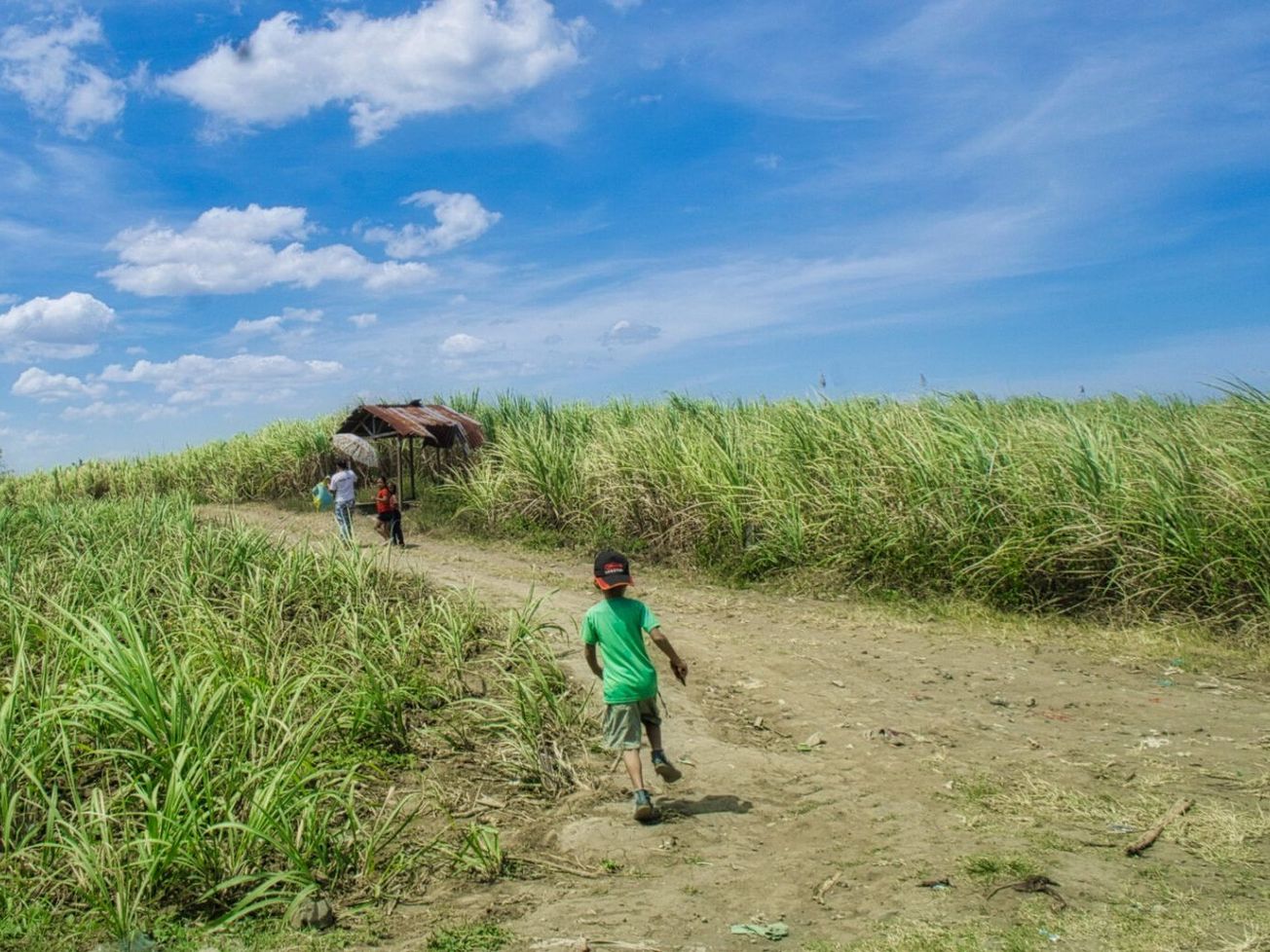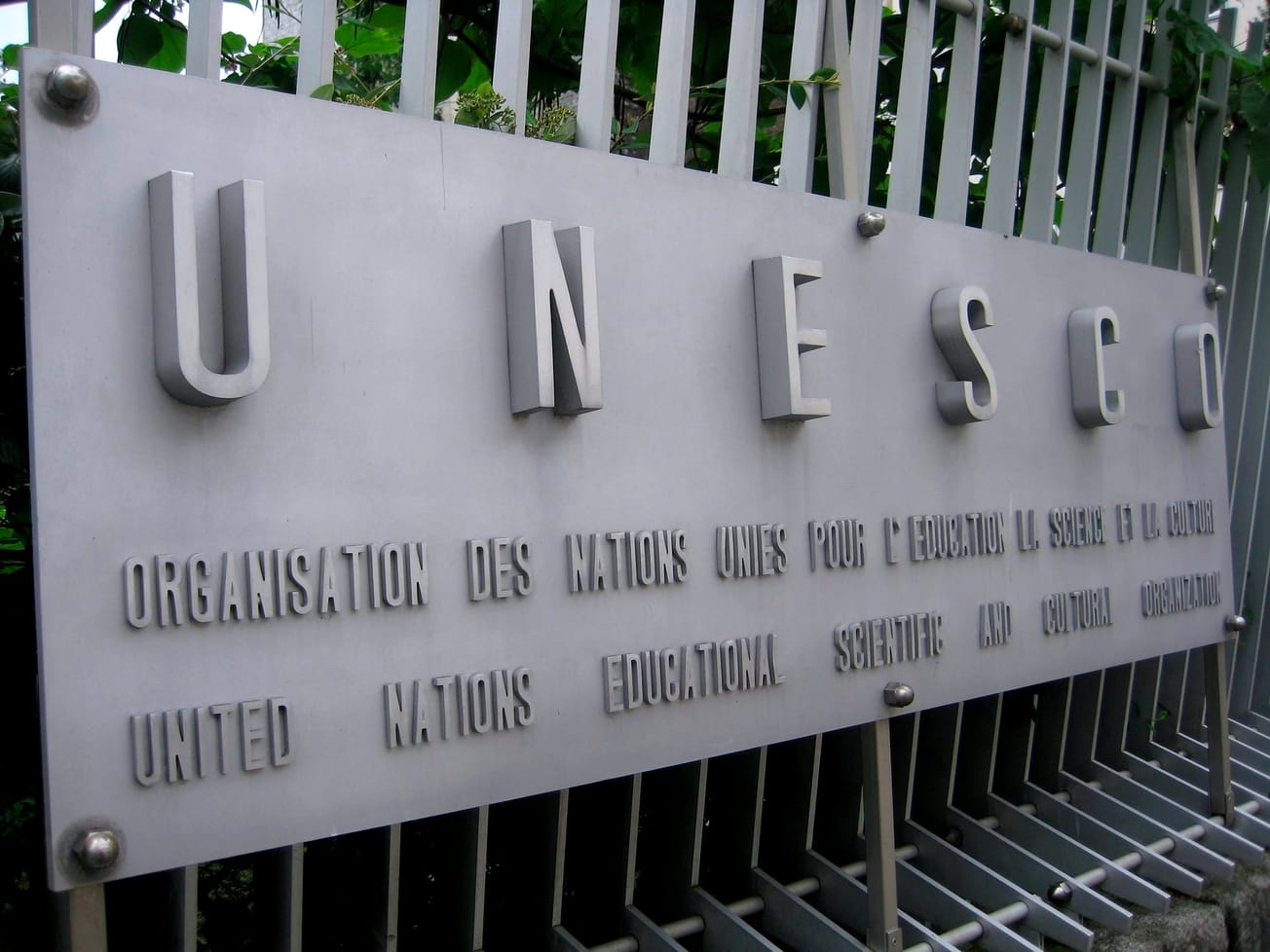A generation of children could suffer major setbacks in education if nations fail to sufficiently contain the spread of the coronavirus so schools can reopen, according to UNESCO data showing 100 nationwide closures impacting half of the world’s student population.
Investigations of school cases suggest child-to-child transmission is uncommon and not the primary cause of COVID-19 infections in children whose onset coincides with school attendance particularly in preschools and primary schools, the Stockholm-based European Center for Disease Prevention and Control found.









